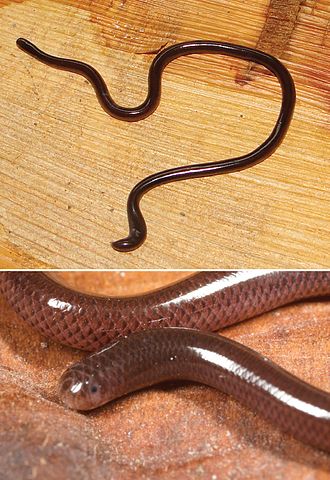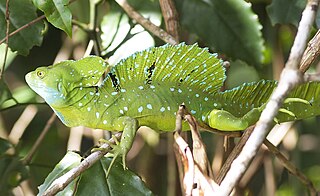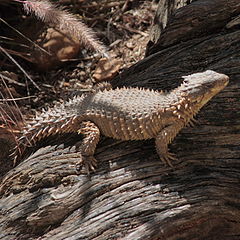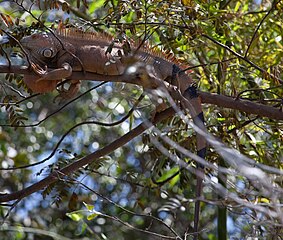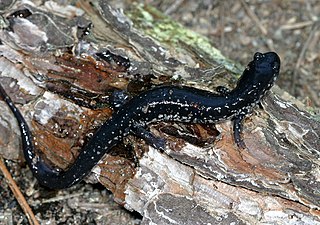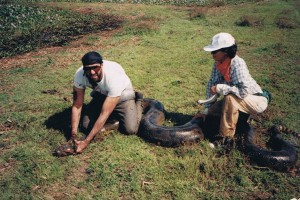When cared for properly, Leopard Geckos are among the most hardy and long-lived of all reptile pets. But apparently-healthy geckos sometimes refuse to feed, or cut back on their intake, and there is still much confusion as to why this occurs. My work with Leopard Geckos and hundreds of other species in zoos and at home has (I hope!) provided me with some useful insights into this problem. Some involve areas that any good reptile keeper would investigate – environment, stress levels, disease – while others, such as the effects of circadian rhythms (“internal clocks”), are less obvious.
Winter’s Arrival and Internal Rhythms Regulate Eating
Leopard Geckos are native to southeastern Afghanistan, western India, Pakistan, Iraq, and Iran, where they inhabit desert fringes and arid grasslands. In some parts of this range, temperatures rise to 100+ F in summer and drop below 32 F during the winter. Wild Leopard Geckos living in environments that experience severe winters become dormant for several months each year, while those in milder regions may remain active (please see the article linked below to read more about their natural history).
While your pet is, no doubt, many generations removed from the wild, internal circadian rhythms may cause it to become lethargic and refuse food during the winter. This can happen even if your gecko is kept warm and given a photo-period of 12-14 hours. To confuse matters further, some reptiles enter dormancy when winter arrives in their native habitats…even if it happens to be summertime in their present home! I’ve seen this among Indian Gharials (fish-eating crocodiles) 15 years removed from the wild, and in many others. Captive Bearded Dragons also exhibit this type of behavior on occasion; please see this article.
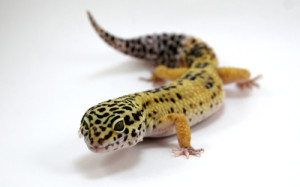 Unfortunately, it’s not often possible to be certain that a pet has stopped feeding due to the effects of an internal rhythm, so be sure to check the other possibilities discussed below.
Unfortunately, it’s not often possible to be certain that a pet has stopped feeding due to the effects of an internal rhythm, so be sure to check the other possibilities discussed below.
Next I’ll mention other things that should be checked if your gecko stops feeding, including husbandry (tank set-up, temperatures, diet, etc.), stress, and disease. I’ve written on each of these in further detail in the linked articles.
Your Gecko’s Environment
As Leopard Geckos are nocturnal, it’s important to monitor nighttime temperatures, especially during the winter, when most people lower their home thermostats. The ambient air temperature should range from 78-84 F, which can be maintained by a ceramic heater or red/black reptile “night bulb”; a below-tank heat mat should be positioned so that one corner of the tank is warmer (88 F) than the rest. Be sure also to establish a thermal gradient (areas of different temperatures) so that your gecko can regulate its body temperature as needed.
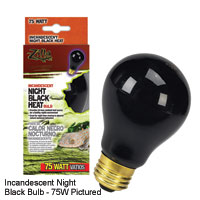 While Leopard Geckos often adapt to smaller enclosures than do other lizards, individuals vary in their response to crowding. Moving your pet to a larger terrarium may help, and this will also make it easier for you to establish a thermal gradient (small terrariums tend to remain at the temperature of the basking site).
While Leopard Geckos often adapt to smaller enclosures than do other lizards, individuals vary in their response to crowding. Moving your pet to a larger terrarium may help, and this will also make it easier for you to establish a thermal gradient (small terrariums tend to remain at the temperature of the basking site).
And, no matter how well-adjusted or bold your pet may be, it’s important to provide a dark, secure cave or other shelter. Geckos forced to remain exposed often cease feeding.
Diet
Wild Leopard Geckos feed upon a huge array of invertebrates, while pets are often limited to 2-3 food items. Dietary variety is important for health reasons. But providing different types of insects can also incite new interest in feeding. We see this most commonly in chameleons, but the enthusiasm your Leopard Geckos will show for novel foods will leave you with no doubt as to their value. Please see this article to read more about adding silkworms, house flies, sow bugs, wild-caught insects and other important foods to your pet’s diet.
Stress Can Affect Eating
Geckos may be stressed by the mere presence of a dominant cage-mate, even absent fighting. If you suspect aggression, observe your geckos after dark, when they will be most active (a red/black reptile bulb will prove useful). Appetite-suppressing aggression is especially common among young geckos that are being raised in groups.
Locating the terrarium in a noisy part of the house, or where there are vibrations from machinery, may also depress appetites and contribute to other health concerns.
Disease and other Health Issues
Impactions from substrate swallowed with meals and Metabolic Bone Disease are two of the more common reasons that geckos cease feeding.
Other health concerns that have been identified include Hyperthyroidism, Eyelid Lining Retention (following shedding) and Cryptosporidiosis. Internal or external parasites, and a host of other less common ailments, should also be investigated if your pet stops eating. Please post below if you need help in locating a reptile experienced veterinarian.
Further Reading
The Ideal Leopard Gecko Terrarium
 That Reptile Blog – Reptile, Amphibian and Exotic Pet Care and Information
That Reptile Blog – Reptile, Amphibian and Exotic Pet Care and Information



